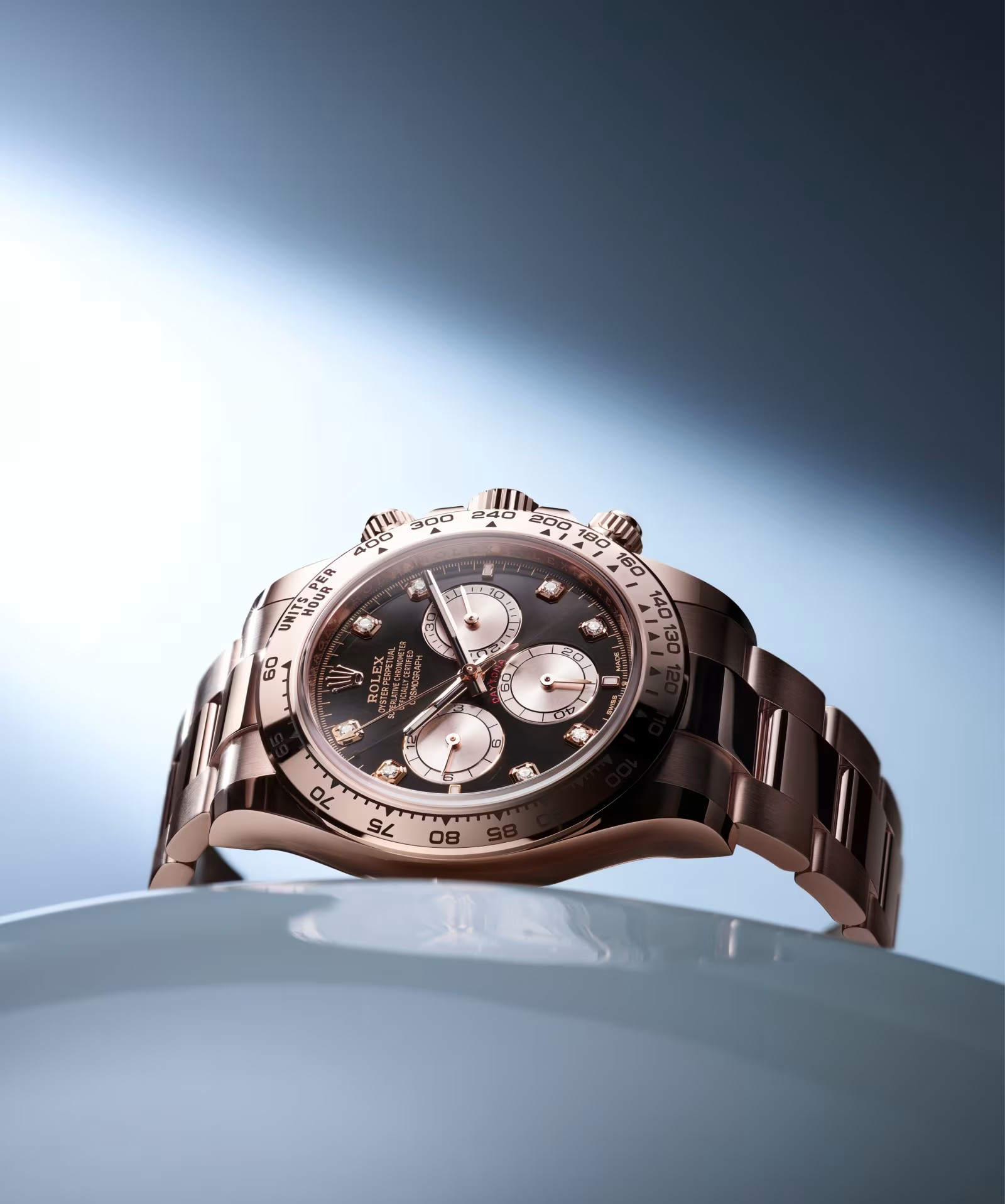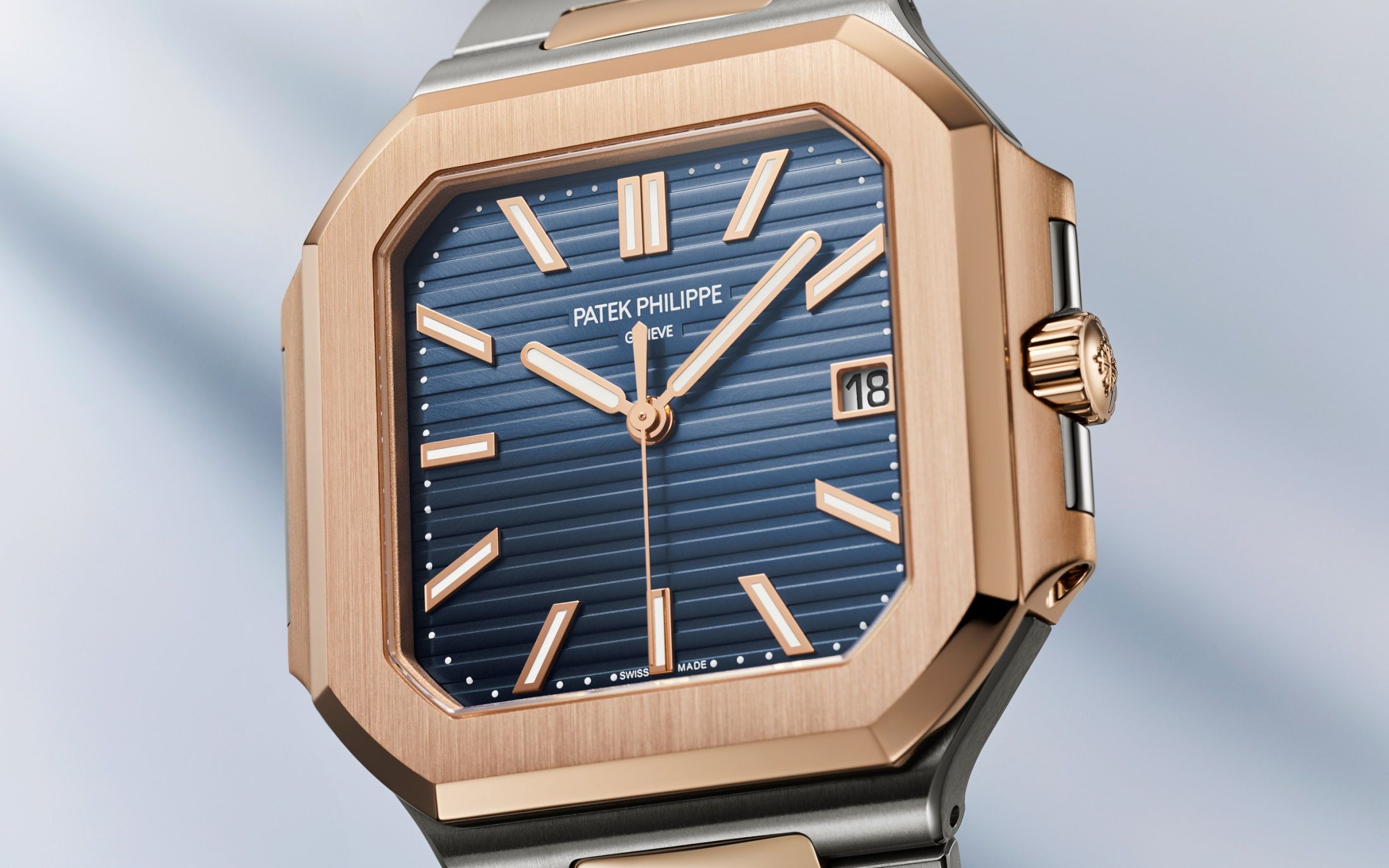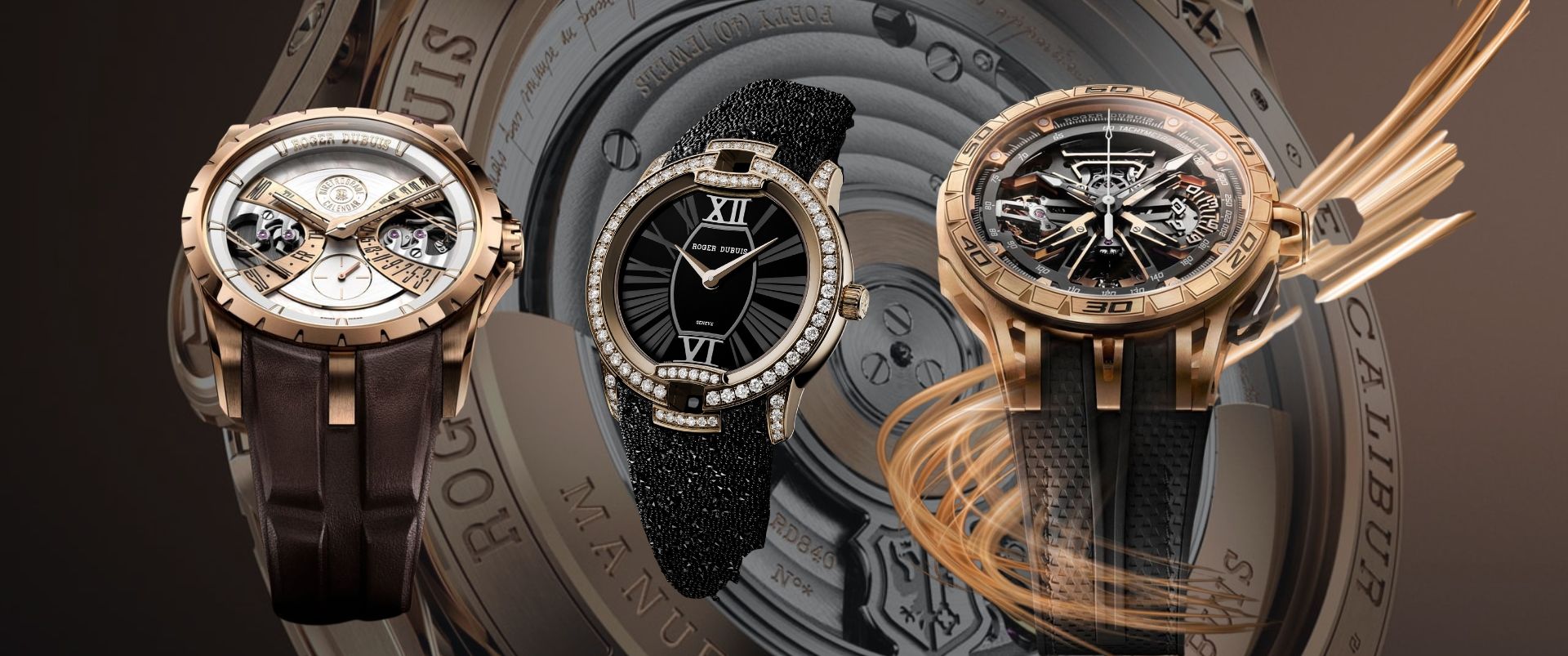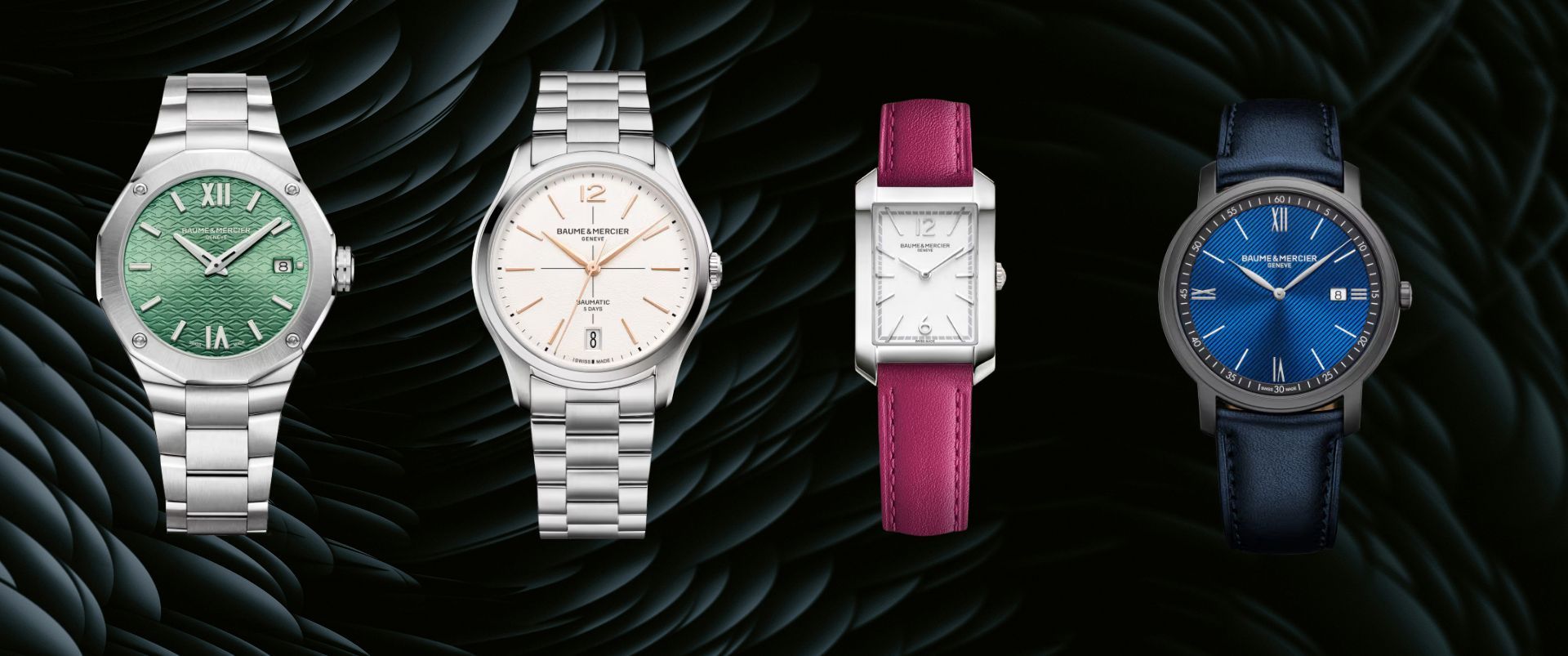Mixed Reactions Or Missed Opportunity? Decoding The Cubitus’ Controversial Opinion
The launch of Patek Philippe's new Cubitus collection has indeed stirred up quite the conversation, and not necessarily for all the reasons the brand would have hoped. Leaked just days before its official reveal due to an advertisement that mistakenly appeared in Fortune magazine, this early debut created waves in the watch community. Enthusiasts, and even seasoned collectors, were caught off guard, leading to widespread speculation that the leak was either a marketing ploy or, worse, a sign of something unofficial.
Many in the watch world initially doubted the authenticity of the ad, with some questioning whether the collection itself was real. This sentiment spurred a host of YouTube videos dissecting the leak, with viewers debating if the design—a significant shift from Patek Philippe’s typically conservative aesthetic—was too bold to be genuine. The square-shaped case with rounded corners, paired with the dial's horizontal embossing, was a sharp departure from the brand's long-held design ethos, fueling further doubt.

The skepticism was so intense that even longtime Patek Philippe collectors expressed their disbelief, with some theorizing that the brand had intentionally leaked the advertisement to gauge reactions. This is a reflection of how closely guarded Patek Philippe typically is about its releases. Such a slip-up, whether intentional or not, was seen as uncharacteristic for a brand known for its discretion and meticulous planning around launches.
The Aftermath
Within hours of the launch, social media platforms erupted with passionate debates about the Cubitus. The reactions were swift and brutal, reminiscent of the infamous Audemars Piguet Code 11.59 launch of 2019. "It looks like a TV from the 70s," wrote one Instagram user with 50K followers. "Patek lost their way," declared another. Watch meme accounts had a field day, with comparisons ranging from kitchen tiles to vintage television sets.

The Code 11.59 Parallel
The parallels with Audemars Piguet's Code 11.59 launch are striking. In 2019, AP faced what many considered the most brutal reception to a luxury watch in the social media era. The initial photos were torn apart online, with critics calling it everything from boring to bizarre. However, by 2023, certain references – particularly the openworked models and the ceramic versions – had become highly sought after, with waiting lists at AP boutiques. The Code 11.59's complex case construction and technical innovations, initially overlooked in the rush to judgment, are now celebrated by collectors.
Historical Context: When Hatred Turned to Love
The Rolex Daytona Story
Perhaps the most famous example of a "hated-to-loved" transformation is the Rolex Daytona. In the 1960s and early 1970s, Daytonas gathered dust in dealer windows, often selling at significant discounts. Dealers would frequently refuse to accept them from Rolex, preferring Datejusts and Submariners. Today, vintage Daytonas command six and seven-figure prices at auctions, and modern versions have multi-year waiting lists.

The Royal Oak Revolution
When Audemars Piguet launched the Royal Oak in 1972, it was deemed "too expensive for steel" and "too avant-garde." The watch that saved AP during the quartz crisis was initially considered a potential disaster. Gerald Genta, its designer, faced harsh criticism for the industrial-looking design. Today, it's Audemars Piguet flagship model and one of the most sought-after watches in the world.
The Nautilus Narrative
Even Patek's own Nautilus, now impossible to obtain at retail, was initially met with skepticism. Its 3700/1A model, launched in 1976, was considered too expensive for a steel sports watch at 3,100 Swiss francs. The design was deemed too radical for a brand known for its conservative perpetual calendars and chronographs. Today, that same reference trades for over $100,000 on the secondary market.

The Cubitus is experiencing a similar trajectory. While Instagram comments and watch forums are ablaze with heated debates, it's worth noting that many revolutionary designs in horology were initially misunderstood. The Rolex Daytona, now commanding years-long waitlists and astronomical prices in the secondary market, was once considered an unwanted child in the Rolex family. It took decades for the market to appreciate its unique appeal.

This pattern suggests that initial reactions, especially in today's fast-paced social media environment, don't always predict a watch's ultimate legacy. The Cubitus's bold square design, while polarizing now, might well be viewed differently in five or ten years' time.
Market Implications
The Investment Perspective
Historical data suggests that controversial launches from prestigious brands often become valuable collectors' items. The early critics of the Royal Oak, Nautilus, and Daytona inadvertently created opportunities for prescient collectors. The Cubitus's polarizing reception might follow this pattern.
The Secondary Market Dynamic
Early secondary market prices for controversial pieces often dip below retail – as seen with early Code 11.59 models – before potentially rising as the design gains acceptance. This creates both risks and opportunities for collectors and investors.
In Conclusion
The Cubitus represents more than just a new watch collection – it's a litmus test for how the traditional watch industry navigates the age of instant reactions and viral opinions. While social media's immediate verdict has been harsh, Patek Philippe's track record suggests they might have the last laugh. After all, as one vintage dealer noted, "I wish I'd bought all those unwanted Daytonas in the '70s. Sometimes the crowd gets it wrong."
Whether the Cubitus follows the redemption arc of the Code 11.59 or blazes its own trail, it has already accomplished something significant: it has people talking about watch design with a passion usually reserved for sports and politics. In the luxury watch industry, sometimes that's half the battle.
Time, as they say in the watch world, will tell.
No articles found





